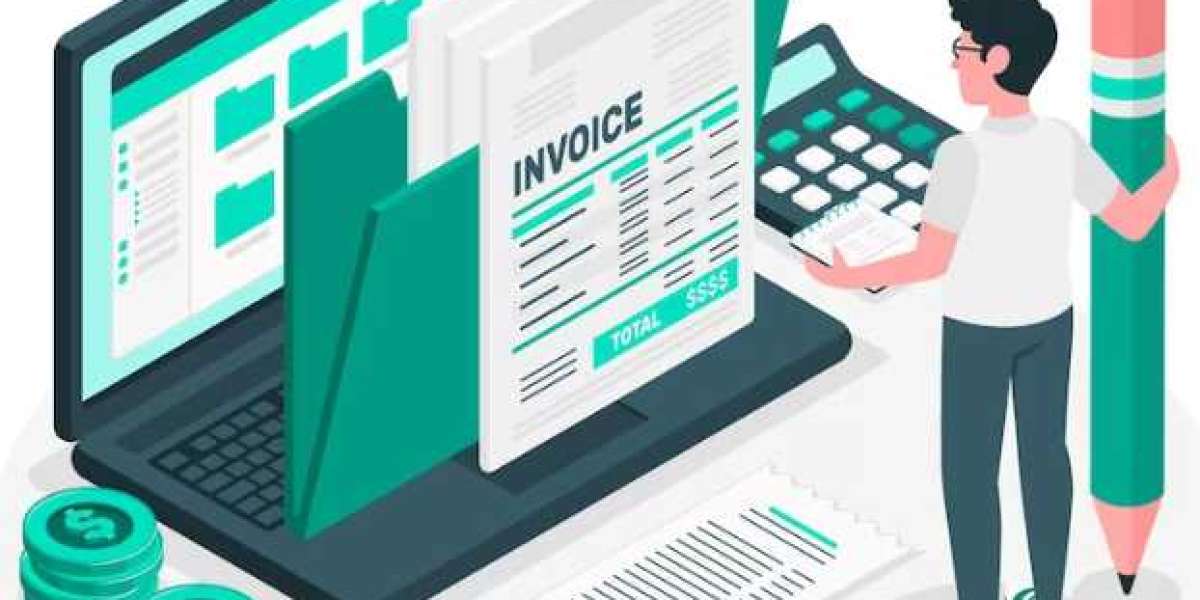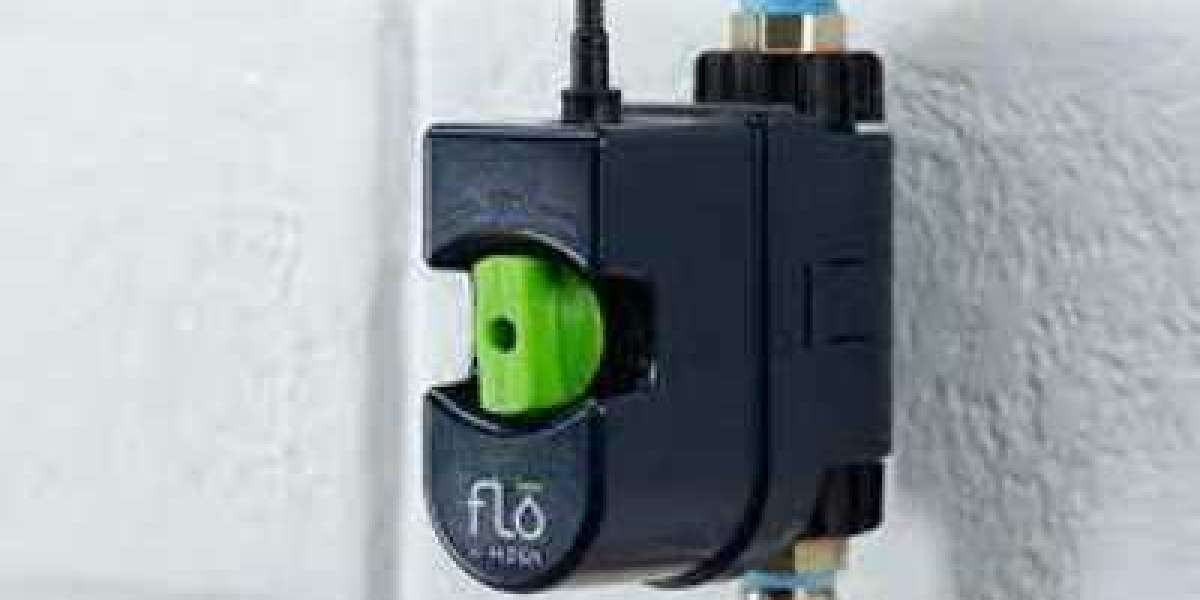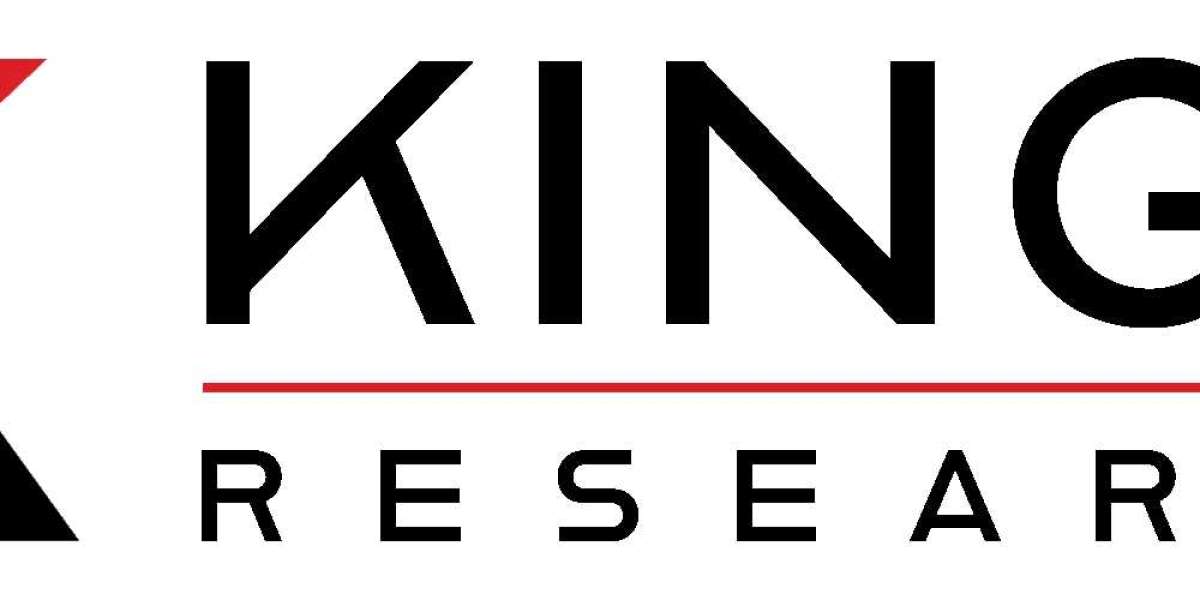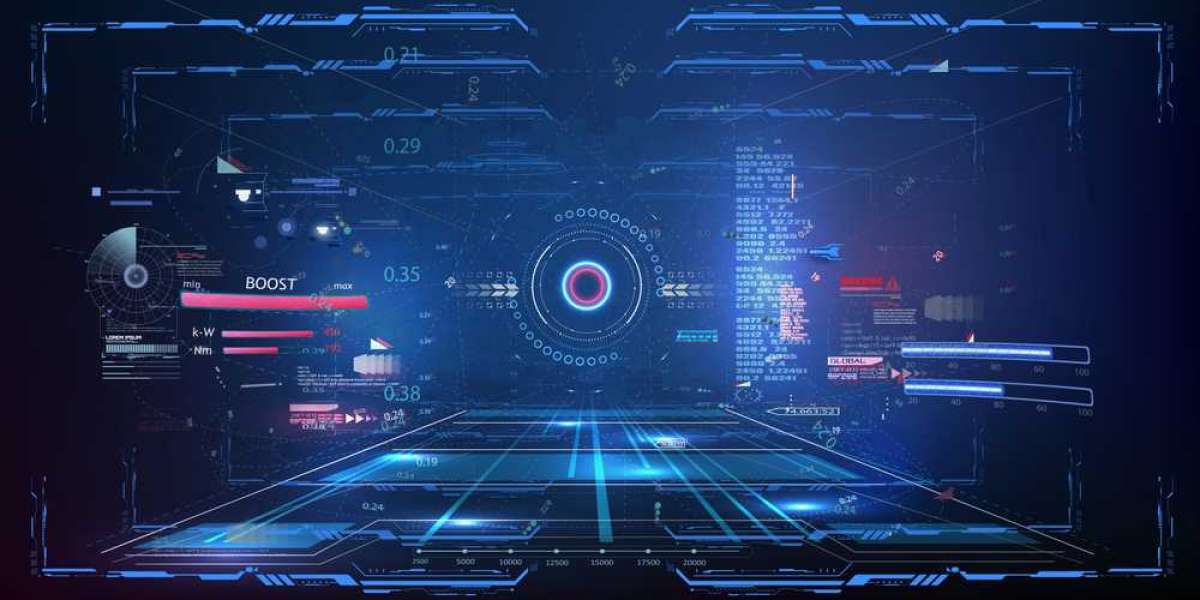Introduction to Automated OCR Invoice Processing
In today's competitive healthcare market, it's more important than ever to find ways to streamline accounting processes. One way to do this is by using optical character recognition (OCR) to automate invoice processing.
OCR technology can be used to read and extract data from scanned documents or images. This data can then be imported into accounting software, making it possible to automatically create invoices and other financial records.
There are many benefits to using OCR for invoice processing, including:
- Reduced data entry errors: With invoice OCR, data is extracted automatically from invoices, eliminating the need for manual data entry. This can help reduce errors and improve accuracy.
- Faster processing time: Automated OCR invoice processing can greatly speed up the Accounts Payable (AP) process, saving time and money.
- Increased efficiency: OCR can automate tasks that are traditionally done manually, such as matching invoices to purchase orders or tracking payments. This can free up employees' time for other tasks and improve overall efficiency.
If your healthcare organization is considering using OCR for invoice processing, there are a few things you should keep in mind. First, make sure you have a high-quality scanner that can produce clear images of invoices (scanners are available for both homes and offices). Second, check with your accounting software provider to see if they offer an OCR solution or if they have any recommendations.
Advantages of Using Automated OCR Invoice Processing in Healthcare Accounting
There are many advantages of using automated OCR invoice processing in healthcare accounting. Perhaps the most obvious benefit is that it can save the hospital or clinic a considerable amount of money. By automating the process of capturing data from invoices, hospitals can avoid the costly mistakes that can occur when manually inputting this information.
In addition, automated OCR invoice processing can help to speed up the entire accounting process. This is because invoices can be scanned and processed much more quickly than if they were being inputted manually. This can free up time for other tasks, such as preparing financial reports or chasing up outstanding payments.
Another advantage of using automated OCR invoice processing is that it can improve accuracy levels. When information is manually inputted, there is always the potential for human error. However, by using optical character recognition (OCR) technology to capture data from invoices, this risk is greatly reduced. This means that hospitals can be confident that their accounts are accurate and up-to-date.
Automated OCR invoice processing can offer a number of benefits to healthcare accounting departments. By saving time and money, while also increasing accuracy levels, it provides a valuable solution for streamlining healthcare accounting processes.
Impacts of Automated OCR Invoice Processing on Healthcare Accounting
The era of paper invoices is coming to an end. With the advent of automated OCR invoice processing, healthcare organizations are able to save time and money by digitizing and automating their accounts payable process. Here are some of the benefits that your organization can experience with this technology:
-Improved accuracy: Automated OCR invoice processing can help reduce errors in data entry, leading to more accurate financial reports.
-Faster payments: By automating the invoicing process, you can get paid faster and improve cash flow.
-Greater visibility: With digital invoices, you'll have greater visibility into your spending and be able to track progress on payments.
-Reduced costs: Automated OCR invoice processing can help reduce the cost of processing invoices, freeing up resources for other initiatives.
How the Process Works and its Benefits
The benefits of automating healthcare accounting are many and varied, but possibly the most important is the time and money that it can save. In a manual system, each invoice must be individually reviewed, inputted into the system, and then manually filed away. This is a time-consuming process that can often lead to errors.
With an automated OCR invoice processing system, invoices are scanned and automatically entered into the system. This means that they can be filed away quickly and easily, without the need for manual intervention. This can save a significant amount of time, which can be used elsewhere in the business.
In addition, automated systems are more accurate than manual ones. This is because they remove the potential for human error, which can often occur when reviewing and entering invoices manually. Automated systems also have built-in quality control measures, such as duplicate detection, which further reduces the chances of errors.
Automating healthcare accounting with an OCR invoice processing system can provide significant benefits in terms of time savings, accuracy, and efficiency.
Implementation of Automation in Healthcare Accounting
Accounts payable automation can help healthcare organizations streamline their accounting processes and improve their bottom line. By automating the process of capturing and processing invoices, organizations can speed up payment processing, eliminate manual data entry errors, and reduce the overall cost of doing business.
One way that healthcare organizations can automate their accounts payable process is by using optical character recognition (OCR) to capture vendor invoices. OCR technology can read and extract data from paper or digital invoices, allowing businesses to quickly and accurately capture information like invoice numbers, dates, vendor information, and line-item details. This data can then be imported into an accounts payable system for further processing.
Another benefit of using OCR for invoice processing is that it can help you keep track of your expenses. With accurate and up-to-date records of what was purchased and when, you’ll be able to better manage your budget and make informed decisions about future spending. You’ll also have a complete audit trail in case there are any questions about past expenditures.
If you’re looking for ways to streamline your healthcare accounting processes, consider implementing an automated OCR solution for capturing and processing invoices. It’s a simple way to save time and money while improving your organization’s bottom line.
Challenges Faced During Implementation and Solutions
The goal of automating healthcare accounting is to improve efficiency and reduce costs. However, there are challenges that can arise during the implementation and use of automated OCR invoice processing.
One challenge is the potential for human error when data is entered into the system. This can lead to inaccurate invoices and incorrect payments. To avoid this, it is important to have quality control measures in place, such as having multiple people review the data before it is entered into the system.
Another challenge is that some suppliers may not be able to provide electronic invoices or may only provide them in a format that cannot be read by the OCR software. In these cases, it may be necessary to enter the data manually. This can be time-consuming and may increase the chance of error.
Third-party billing services can also present a challenge. These companies often use their own proprietary systems, which may not be compatible with the automated OCR system. As a result, it may be necessary to export the data from one system and import it into another, which can be complex and time-consuming.
There is always the possibility that something will go wrong with the technology itself. The software could malfunction or there could be problems with the hardware. Having a good support team in place will help to resolve these issues quickly so that they do not cause significant disruptions in healthcare accounting.
Conclusion
Streamlining healthcare accounting with automated OCR invoice processing is an innovative way to vastly improve the accuracy and efficiency of many processes within the industry. This technology can be used to reduce administrative errors, automate tedious manual tasks, and increase data quality by accurately collecting information from paper-based invoices. With its ability to quickly process large numbers of invoices in a shorter amount of time, automated OCR invoice processing is essential for any healthcare facility looking to streamline their operations and reap the benefit cost savings.



